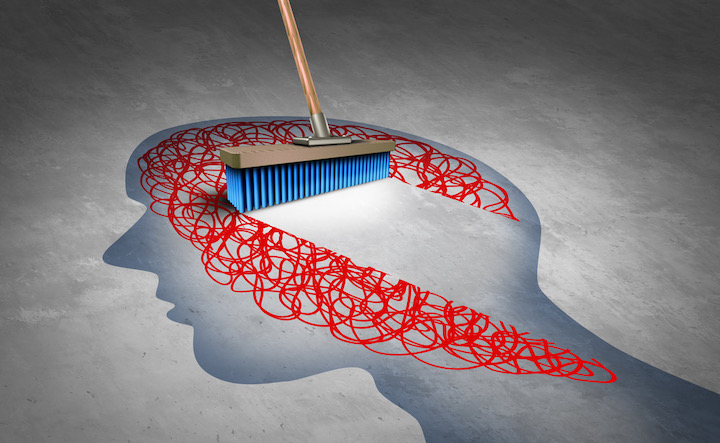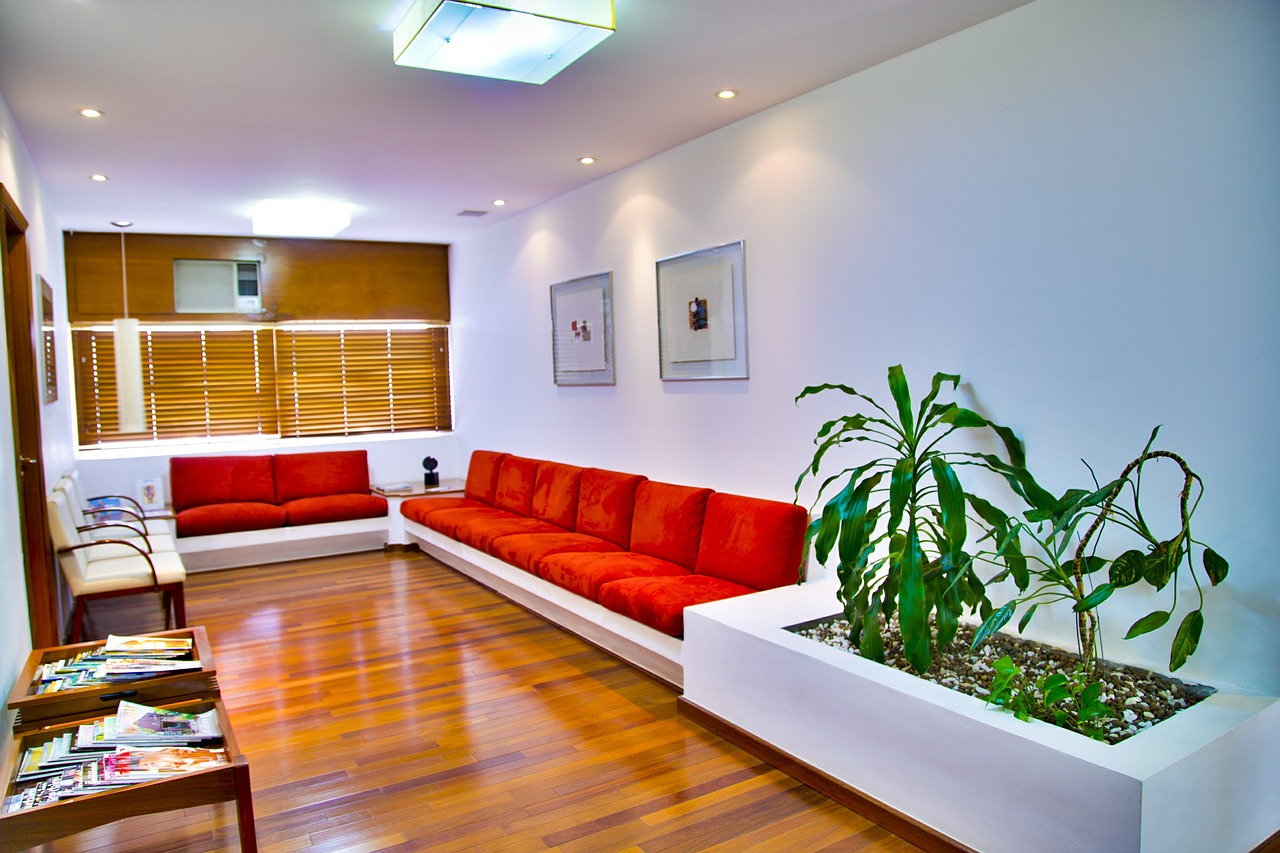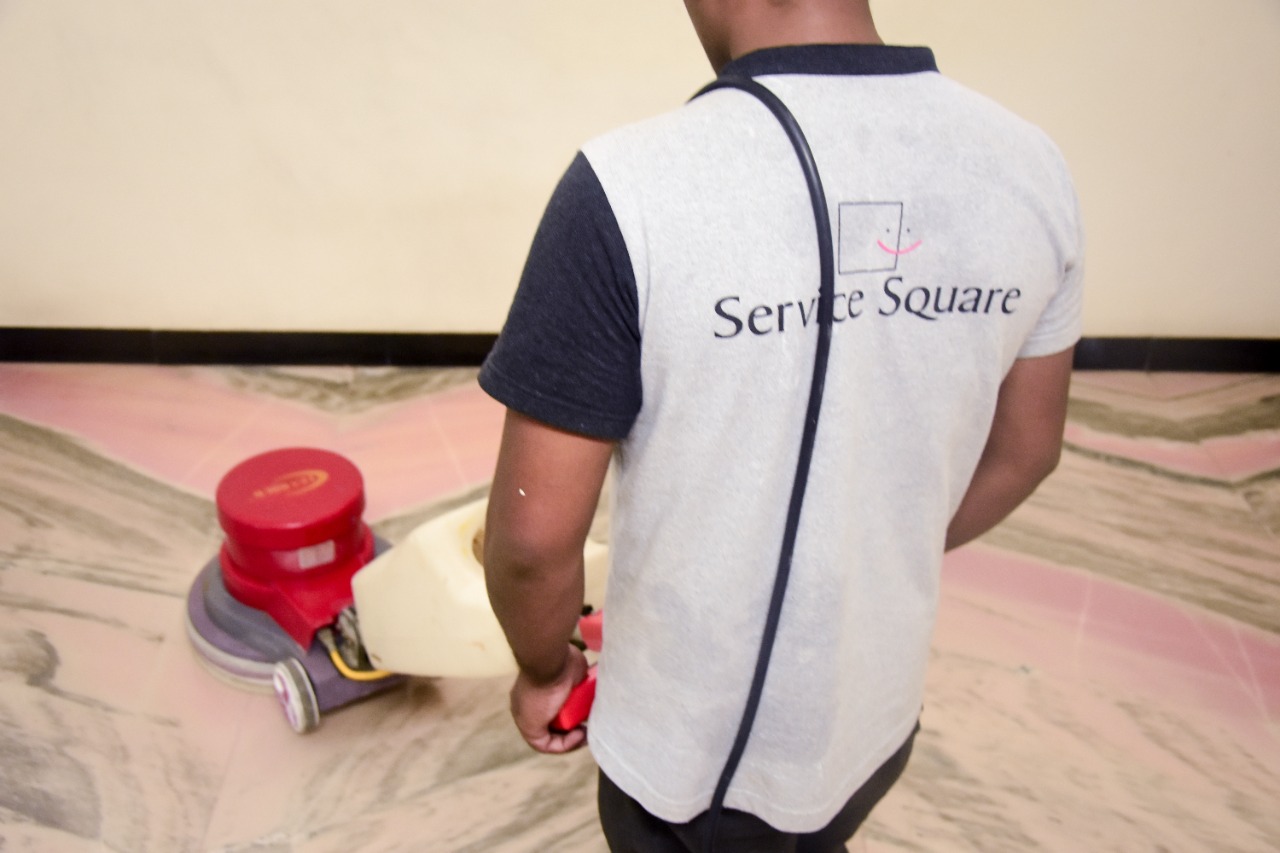Sifting Facts from Fiction about Disinfecting
Know your enemy
Getting on with Life in the time of Coronavirus.
The daily count of Covid-19 cases in the country and particularly in Chennai keep increasing, sharply. It appears, we are not yet close to the plateauing and declining stage of the daily count.We could be in it for the long haul.
Opening up and getting on with life seems inevitable, sooner or later – though the danger from the rampaging virus is more real now than at any time during the last two months.
So, you heard it right, this is the time to be even more careful.
As I mentioned in one of my earlier posts, Fear – the key to overcoming the fear of Covid-19, fear is still the key to emerging from this experience with as few scars as possible.
I am speaking about fear that does not suffocate and paralyze. While staying safe from the virus, it is also important to maintain our poise and optimism.
The most fundamental safeguards such as wearing masks, washing our hands often and physical distancing will go a long way to keep us safe. Staying healthy by regularly exercising is important to recharge the body and the spirit while also developing immunity.
What else can we do to stay safe?
Many of us are paranoid about keeping us and our families safe. We keep asking ourselves – are there other ways of keeping safe?
Disinfection services is one of the solutions talked about. This post is intended to sift facts from perceptions – which sometimes border on myths, concerning this subject.
Here are a few facts gleaned from my study – of various authoritative sources in this field.
How do disinfectants destroy coronavirus?
Coronaviruses are enveloped viruses with a protective fat layer. Disinfectants tear apart that fat layer, making coronaviruses weak. Household disinfectants including soap or a diluted bleach solution are enough to deactivate coronaviruses on indoor surfaces. Of course, one should be aware of the dilution proportions and method of preparation.
Contaminated surfaces are a potential source for transmitting viruses and pathogens. Studies reveal that SARS-CoV-2 viruses can survive for several days on surfaces that we come into daily contact with. So, it is important to tackle spread of the virus through this source. Disinfection is the way to eliminate this risk.
But, disinfecting a home where there is no one infected with the virus is a wasted exercise. Because, coronavirus is not airborne and it cannot come into your home by itself. It can come only if someone in the family brings it in. If everyone in the family is very careful about following safety precautions why go for disinfection? If the idea is to prevent the virus at a future date, let it be known that the effect of most of the disinfectants lasts from a few hours to four or five days.
Why Cleaning and Disinfection go hand in hand?
WHO and The Centers for Disease control and Prevention (CDC) suggest combining cleaning and disinfecting. Disinfection of areas covered in dirt and grime is not effective. Cleaning first removes the bacteria and viruses to a great extent and disinfection kills them.
If there is any suspicion about the presence of coronavirus in any space, precautions should be taken even about the cleaning process. We should be careful not to do dry sweeping that could re-aerosolize (making airborne again, in tiny particles) infectious particles.
Is Fumigation or wide-area spraying of disinfectants the right method?
World Health Organization (WHO), CDC and EPA (Environmental Protection Agency) in the US do not recommend use of fumigation or wide-area spraying to control COVID-19. Fumigation and wide-area spraying are not appropriate tools for cleaning contaminated surfaces, according to a study that has shown it to be ineffective outside direct spraying areas.
And, when compressed air or water sprays are used to clean potentially contaminated surfaces, there is a chance these techniques may aerosolize infectious material.
J. Darrel Hicks, (https://www.cleanlink.com/cleanlinkminute/details.aspx?id=39405 ) author of “Infection Control For Dummies says, “using a spray-maker is wrong on two levels. First, the surface is not made and kept sufficiently wet for a label’s prescribed amount of time to kill organisms. And, spraying disinfectants and other cleaning chemicals may cause chronic asthma and upper respiratory problems for cleaners who suffer the long-term effects.”
The Center for Disease Control and Prevention (CDC) recommends that you clean contaminated surfaces with efficient liquid products, and then disinfect to prevent the spread of disease, following simpler and safer procedures.
How to apply disinfectants on surfaces
According to a WHO document released on May 15, 2020,“If disinfectants are to be applied, this should be done with a cloth or wipe that has been soaked in disinfectant.”
The best method is to use a clean microfiber cloth, fold it, and fold it again so that you get eight surfaces to clean with. It is then dipped into a bucket containing the disinfectant diluted in the prescribed proportion. The surfaces are then cleaned using the eight different surfaces of the microfiber cloth. It is important to ensure a soiled cloth never goes back into the bucket, but instead to a laundry bag. It goes without saying that the person applying the disinfectant should be protected with mask, gloves etc.
It’s crucial not to wipe off disinfecting solution as soon as you’ve applied it to a surface. Many disinfectant products, such as wipes and sprays, need to stay wet on a surface for several minutes in order to be effective. It is best for the disinfectant to dry completely before wiping surfaces clean.
As laptop displays are often made of plastic, avoid using a disinfecting wipe on the screen, just in case. The display should be cleaned with isopropyl alcohol (70 percent) solution and a soft towel. You can also wipe down the keyboard, the track pad, the exterior, the mouse and where your wrists rest on the laptop. You can also give the same treatment to your mobile phone.
The high-touch surfaces to clean and disinfect
Common high-touch surfaces that need to be cleaned and disinfected are, door handles, tables, chairs, handrails, kitchen and bathroom surfaces, taps, toilets, light switches, mobile phones, computers, tablets, keyboards, remote controls, game controllers, favorite toys etc.
Is it effective,Spraying Disinfectants on Streets and on People?
Spraying disinfectants on the streets does not eliminate the new coronavirus and even poses a health risk, the World Health Organization warns. The reason is, disinfectants are inactivated by dirt and debris.
The WHO document also stresses that spraying individuals with disinfectants is “not recommended under any circumstances.”
“This could be physically and psychologically harmful and would not reduce an infected person’s ability to spread the virus through droplets or contact,” says the document.
Effectiveness of alternative disinfection methods – ultrasonic waves, high intensity UV radiation, and LED blue light.
The efficacy of these disinfection methods against the virus that causes COVID-19 has not been scientifically established. EPA in the US only recommends use of the surface disinfectants against the virus that causes COVID-19. EPA does not routinely review the safety or efficacy of pesticide devices, such as UV lights, LED lights, or ultrasonic devices.
Service Square offers both cleaning and disinfection services. We can help you to clean and disinfect offices and shops in a safe and effective way. With less frills but more substance.




